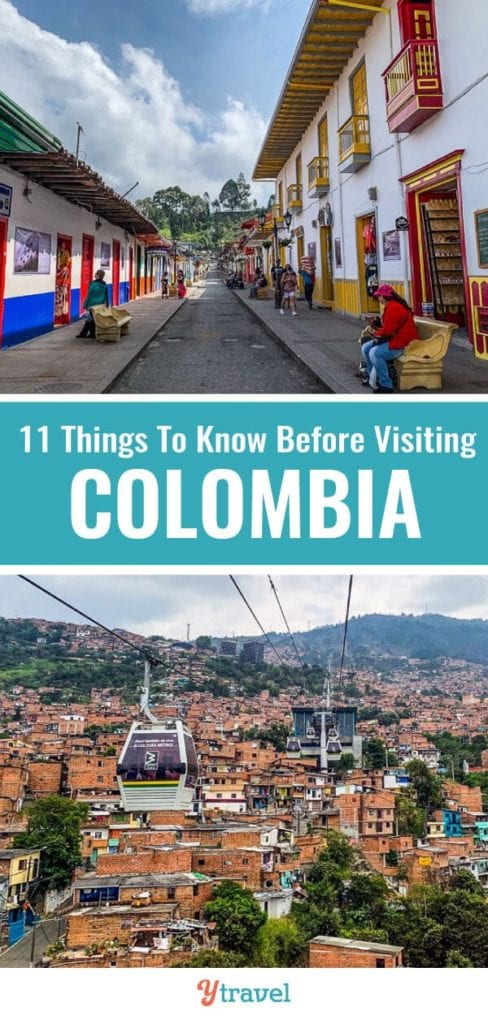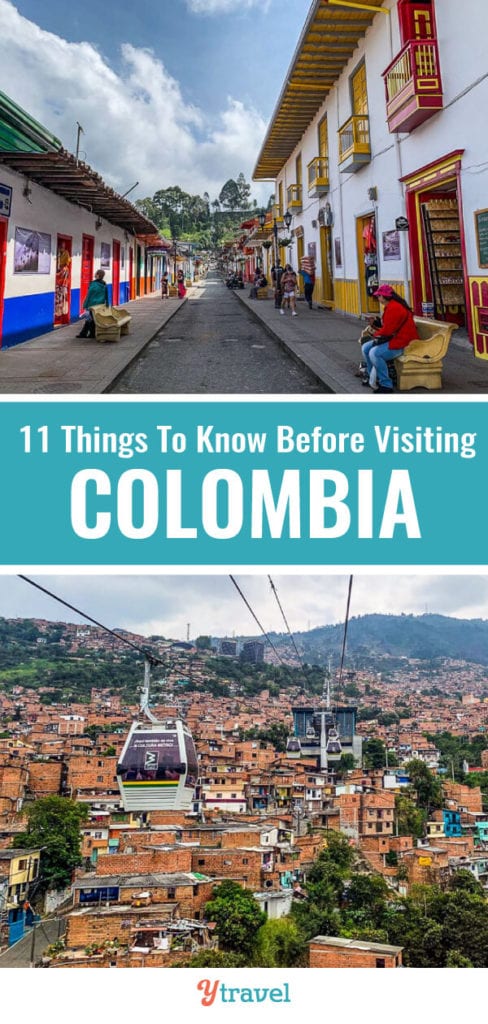This post may contain affiliate links. We may receive a small commission, at no cost to you, if you make a purchase. Read Disclosure.
Thinking about visiting Colombia? It’s a stunning country, with so much to offer – from amazing hiking trails to incredibly gorgeous white sand beaches.
But, as with any new place you visit, it’s important to adequately prepare yourself for the upcoming trip.
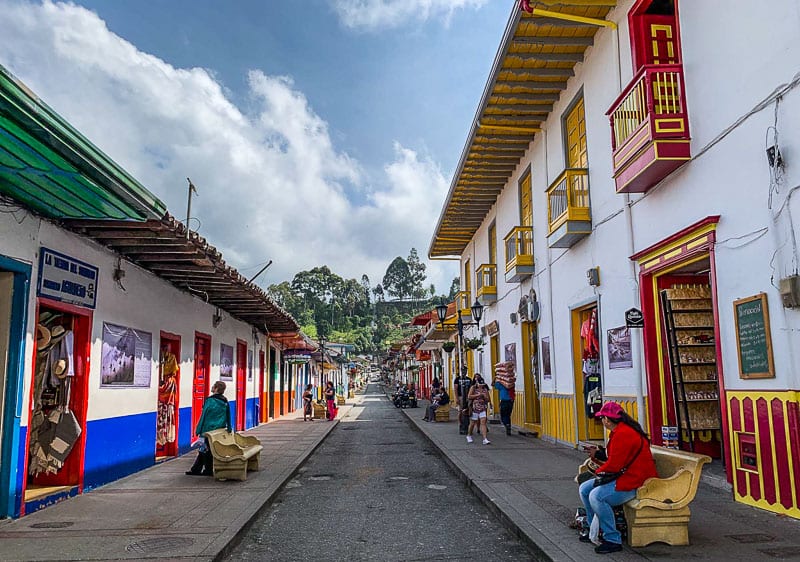
Travel to Colombia is very different from traveling to Paris. You have to consider things like vaccines, local currency, language barriers and safety – something you don’t really think about when visiting European cities.
Which is exactly why we bring you this guide on Colombia travel tips you should know before your trip.
It’s Colombia, Not Columbia
First thing’s first – before you visit this stunning country in South America, you need to know how it’s properly spelled. And it is Colombia, not Columbia.
Don’t feel bad if you thought it was the latter – it’s a very common mistake.
Colombians are Friendly
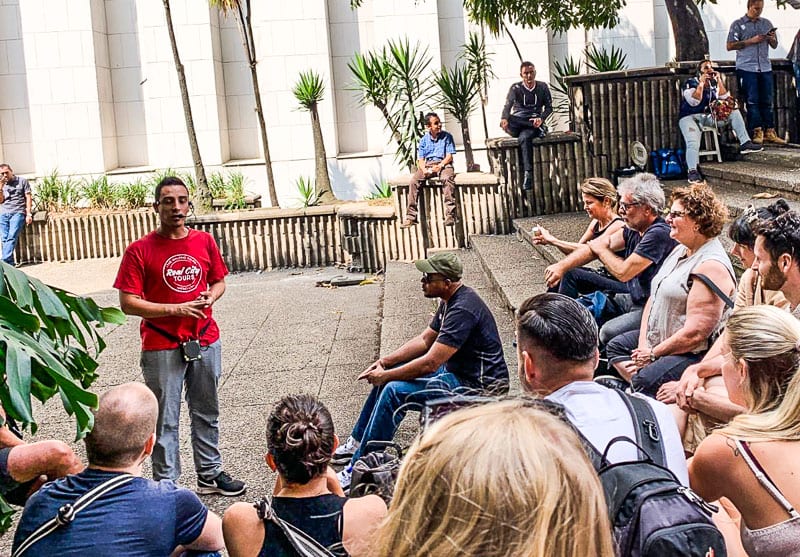
If you actually make the effort to learn just enough Spanish to be able to communicate with the locals, you can meet some really incredible people.
This is especially true for people who are guides for the free walking tours, which are very popular in larger Colombian cities.
They are almost always friendly locals, who are eager to introduce you to their cities, and tell you everything about it, including some personal stories.
Is Colombia Safe to Visit?
Even though the days of drug cartels and brutal violence are just a dark spot in Colombia’s history, it’s still far from being one of the safest countries in the world for tourists.
But staying safe in Colombia is not much different than staying safe in big European cities – just use your common sense, and you should be fine.
That means staying away from poor neighborhoods and not venturing far outside tourist centers.
Keep your valuables safe – don’t carry your smartphone and wallet in the back pocket of your jeans. Put them in your jacket or a money belt instead, especially when using public transport.
Don’t wear flashy jewelry, and try not to attract too much attention to yourself. Consider swapping your bulky DSLR for a smaller point and shoot camera or your phone in crowded areas, and carry your backpack kangaroo style (front of body).
Colombia is actually safer than most people think, especially since there is still a lot of police on the city streets. But it is still important to know what to expect, and to take all the necessary precautions to ensure you stay safe while you’re exploring the gorgeous country.
Not a Lot of People Speak English
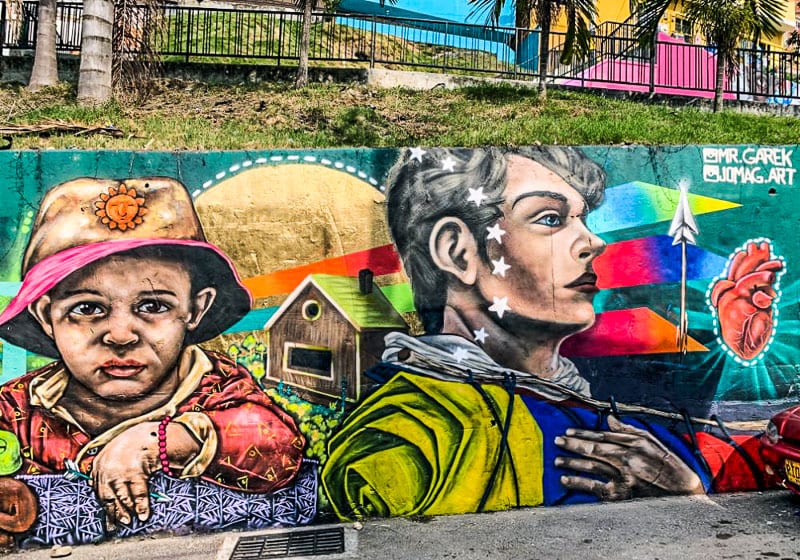
The native language in Colombia is Spanish, and only about 4% of the population claims they can speak English well.
Which means that you may have a challenging time in the country if you don’t speak any Spanish at all.
So, try to learn at least some useful phrases before your trip. It’s not a difficult language, and the point isn’t to become proficient overnight – just to learn enough that you can communicate with people at restaurants, bars and shops.
This is as simple as taking the DuoLingo Spanish course or watching some TV shows in Spanish to pick up the key phrases.
Recommended Vaccines and Immunization
Keep in mind when planning a trip to Colombia that it has a tropical climate, which is an ideal setting for mosquito-borne diseases to flourish.
Which is why you should do all you can to protect yourself, and ensure you stay healthy throughout your trip.
If you’re only traveling to larger cities that are on a high elevation (above 2,200 meters), you don’t have to worry about mosquito-borne diseases.
But if you want to explore Colombia’s stunning countryside, seaside and the gorgeous national and nature parks, you should at least be vaccinated against yellow fever.
Other vaccines that are recommended for those traveling to Colombia are:
- Hepatitis A
- Hepatitis B
- Tetanus
- Diphtheria
- Rabies
- Typhoid
None of these are mandatory for travelers from Europe and North America, but they are highly recommended.
But, if you’re travelling from one of the following countries, or even just had a layover there, you will be required to present yellow fever vaccination certificate:
- Brazil
- Uganda
- Angola
- Democratic Republic of Congo
Mosquitos are Everywhere (almost)
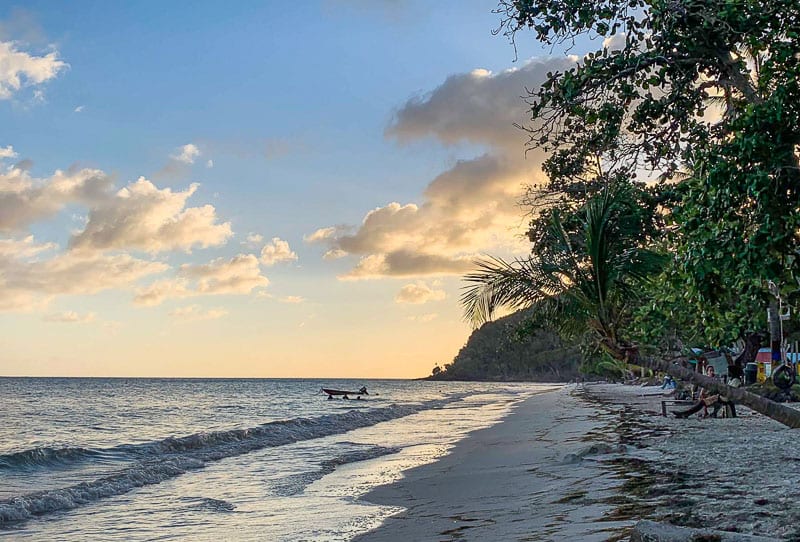
We’ve touched upon this in the previous section, but you need to be properly prepared for the amount of mosquito’s you will encounter when you visit Colombia.
The climate in the country is ideal for them, so the pesky insects really are hard to avoid in some locations.
That is not to say they are everywhere. For example, in the cities and higher lying areas like Salento (the coffee region) they are not a problem at all.
However, if you head to the jungles up north you will likely encounter them.
The best thing you can do to prepare yourself is get non-harmful mosquito repellent. Plus bracelets, candles, lotions, sprays and as many electrical repellents as you can fit in your suitcase.
You should also ask your doctor about anti malaria pills; it’s not something you can be vaccinated against, and it’s a serious issue in western and eastern parts of the country.
Additionally, it is best to wear long sleeve tops and long trousers, especially during and after dusk. If necessary, sleep under a mosquito net to avoid any bites during the night.
Credit Cards are Not Widely Accepted
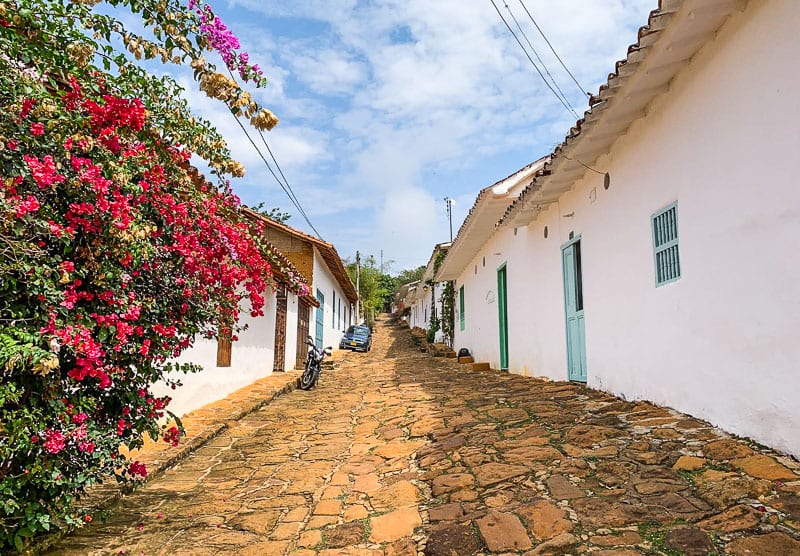
If you were hoping to just swipe your credit card throughout Colombia, I’m going to disappoint you.
Cash is still king in the country, and you will need to have plenty on hand for restaurants, bars, cafes and even shops.
The major hotels, shops and fancy restaurants do accept cards, especially in larger cities like Bogota, Cartagena and Medellin. But you will need cash for everything else – bus tickets, taxi fares, souvenirs etc.
The currency in Colombian is Colombian Peso, and $1 equals to about 3,281.51 pesos.
And if you’re planning on withdrawing money, there is something you should know beforehand, like the variations in the withdrawal limits.
The withdrawal limit on ATM’s in Colombia depends heavily on the bank. It can be as low as 400,000 COP (Corpabanca), and it doesn’t get higher than 1,200,000 COP (Citibank).
In addition to that, some ATM’s will also charge you a fee, which ranges from $3.2 to $4.5.
Perhaps it’s best to look for a Colpatria bank ATM. They don’t charge a fee, and the withdrawal limit is 900,000 COP, which is about $270.
Of course, you should also consider the maximum daily withdrawal limit from your bank – if it’s $1,000, you can withdraw the maximum amount from an ATM about 3 times in total
Do Not Talk about Pablo Escobar
Most of us got hooked on Netflix’s Narcos show at some point, and were captivated by the world of drug lords in the 80s in Colombia.
However, while the TV show was incredibly interesting for the Western world, Colombians did not like it so much. Our tour guide in Medellin made a point of mentioning it.
Most locals feel that it is not an accurate representation of the troubled times, so definitely avoid mentioning anything about it.
Leave your Narcos t-shirts at home when visiting Colombia, and refrain from mentioning the Medellin or Cali cartels at all – especially if you’re visiting either one of those cities.
One of the main issues with the popular show was that it presented Colombia as a drug country, an image that it is trying hard to move away from.
So, be supportive of that, and don’t reference the dark past unless a friendly local starts talking about it first.
Tipping is Not Expected
In Colombia, it’s not expected to tip your waiter or taxi driver, but we recommend you do it anyway if you were happy with the service.
Even a small tip will be met with gratitude, especially because it’s not a common social custom.
In fancier restaurants in big cities, you will see a service fee on your bill. It’s usually 10% of your order, and that tip is later split equally among all the restaurant staff.
Buses and Taxis Will Get You Anywhere, But Planes Are Much Faster
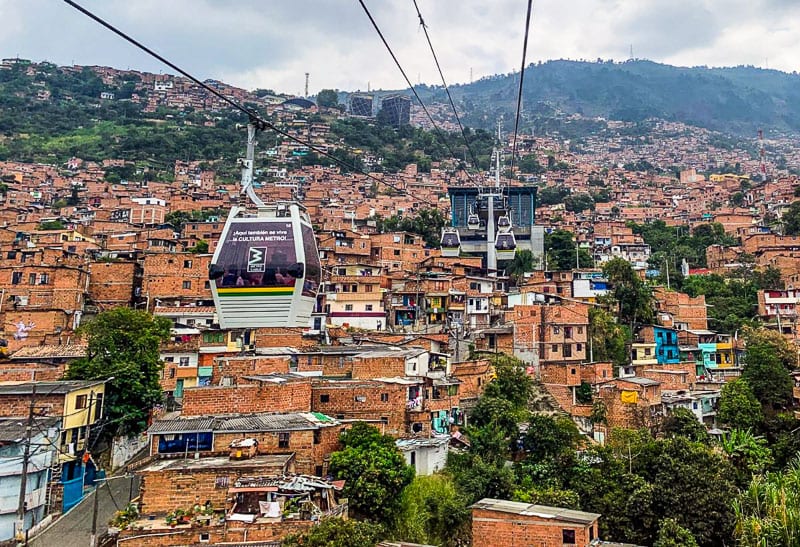
Getting around Colombia is easy with buses and taxis. They go pretty much anywhere, and they are very inexpensive.
Especially with getting around bigger cities, getting to and from the airports and reaching those smaller places that are outside urban centers.
However, Colombian buses tend to be really slow, so we don’t recommend them if you have to cross hundreds of kilometers in one day.
If you’re trying to get from, let’s say Medellin to Santa Marta, it’s best to take a local flight. One-way tickets are super cheap (around $30 for this exact flight), and planes are a lot faster than the bus.
In this particular case, you can save about 13 hours if you opt to fly.
Be Patient
The concept of time in Colombia is different from that of the Western world. So, while it might be unimaginable that a train in Switzerland is 30-minutes late, in Colombia that would be quite normal.
That’s probably going to be the hardest thing to get used to.
Buses run late, so it’s normal to wait a while for your meal in a restaurant, and nobody is surprised if a flight gets delayed for several hours. At least one of our 10 flights in Colombia was late.
If you get caught in such a situation, try to not act like a Westerner. Don’t panic, and keep your cool – adapt to the situation and socialize with the locals.
Maybe grab a cerveza while you wait, if it helps you stay cool.
More South America tips
- 15 Umissable things to do in Rio De Janeiro
- 20 of the best places to visit in South America
- Would you visit South America with a baby?
- 4 awesome experiences in South America to rave about
- 5 Places to Visit in Bolivia, South America
- A 10 day itinerary of Peru
- Sandboarding in Peru
- 11 Things you need to know before visiting Colombia
Pin Below To Save To Pinterest:
